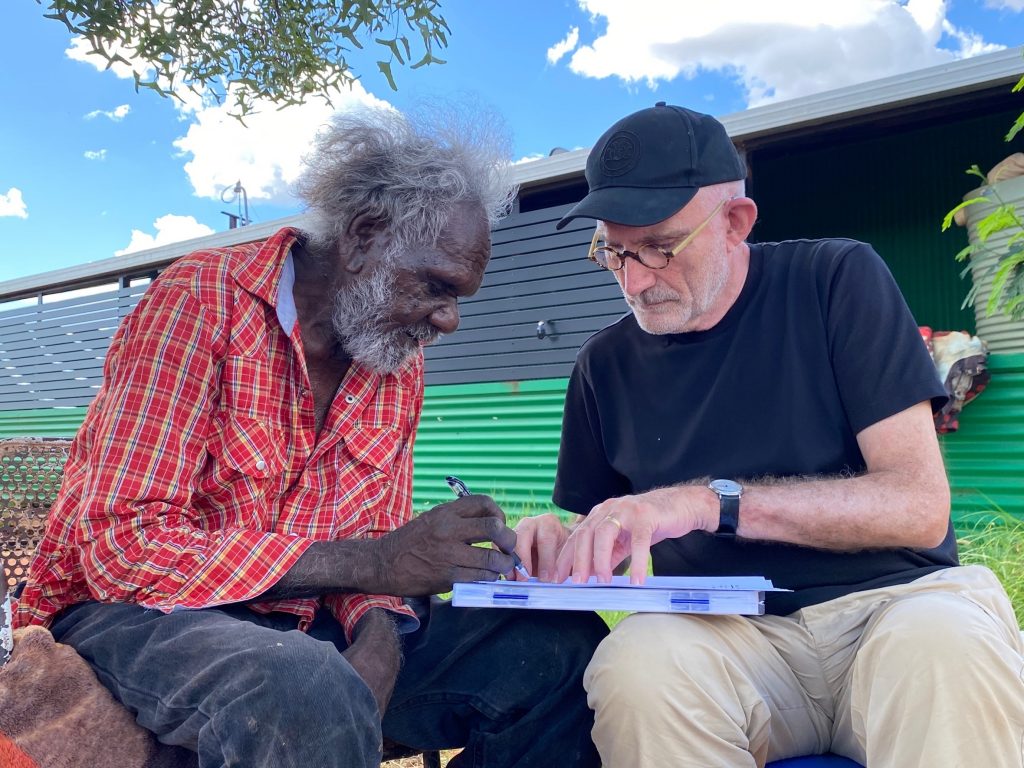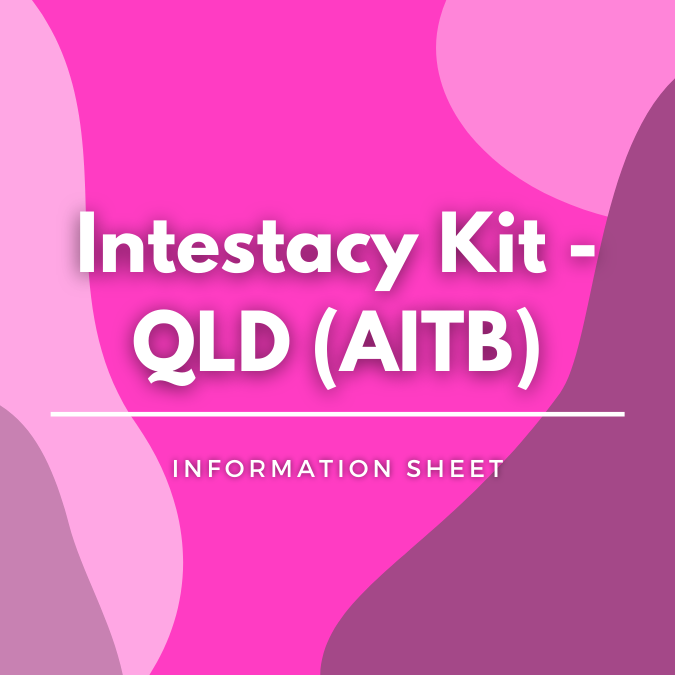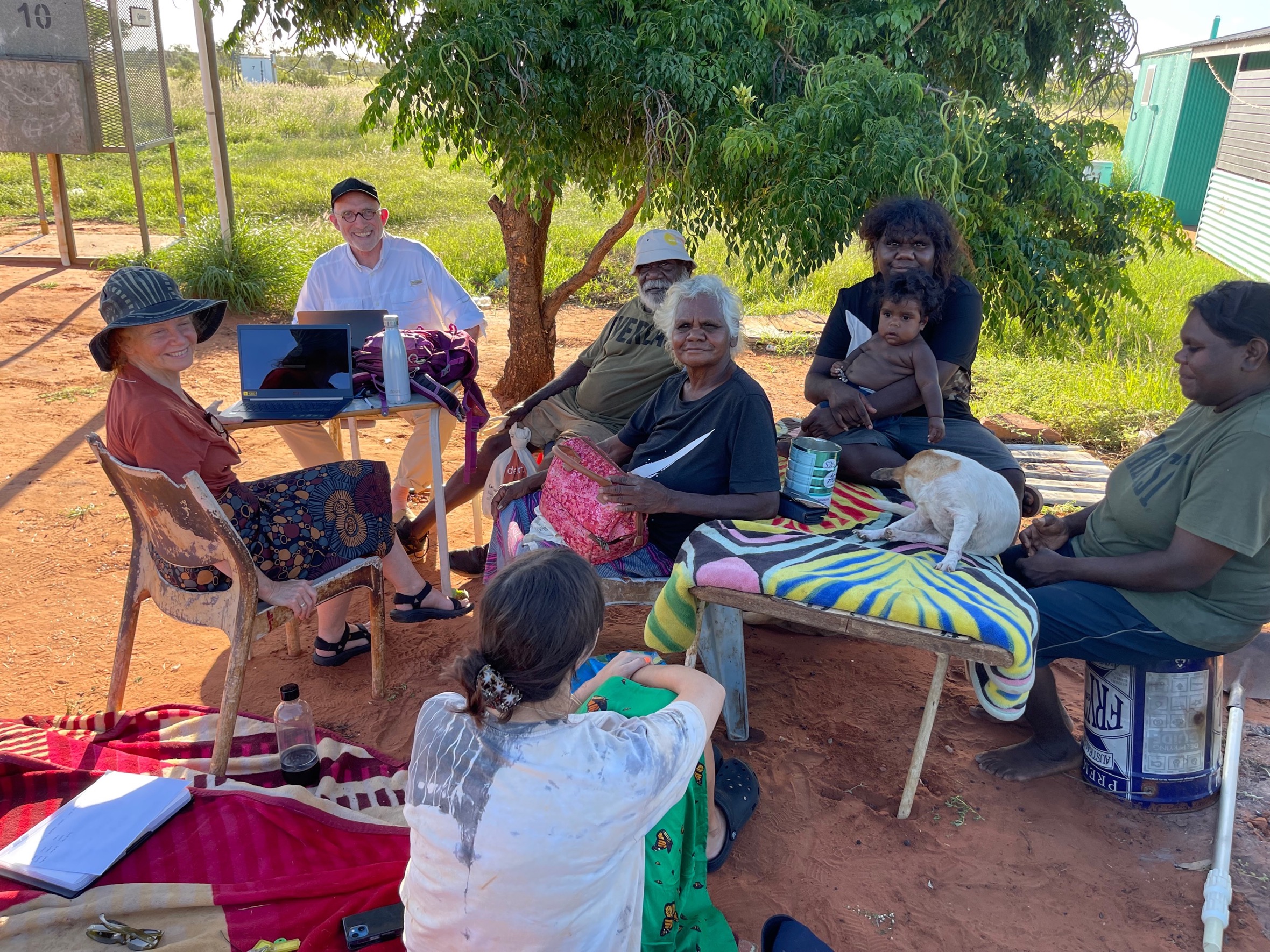Where there’s a Will

It can be a difficult time when a loved one dies. There is a lot to think about, things that you may never have thought of before. When an artist dies any copyright they own in their work is part of their estate and will survive for 70 years. It’s important to know what will happen to the artist’s copyright and other possessions when the time comes. A well drafted will is the best approach.
If someone passes away without a will the rules of “intestacy” apply. This means that instead of observing the wishes of the person who passed away the law will decide what happens with their copyright and possessions. The law is a little different in each State or Territory.
Arts Law is in the process of updating our information sheets on wills and intestacy in each state and territory. South Australia, the Northern Territory and Western Australia were the first to be updated in time for the DesArt conference, where Arts Law presented to a room full of artists, art centre managers and arts workers. Here’s a snapshot of what you can find in these detailed resources available on the Arts Law website.
What is an “Estate”?
Estate is the word used to mean the money, artworks and property left behind by the deceased person. It includes the copyright in an artist’s work.
Who is the “Trustee”/“Executor”?
The executor or trustee will be named in the will. They manage the estate and are responsible for:
· collecting the deceased person’s assets,
· working out what debts and tax the estate owes and paying them,
· then paying the beneficiaries.
If there is no executor, or the person named in the will can’t or won’t do it, the Public Trustee or a close family member could be appointed. The person may need to apply to court to perform this role (for letters of administration).
Who are the “Beneficiaries”?
The beneficiaries are the people who will receive the estate once the person has passed away and they are named in the will. In most states there is law that decides who the beneficiaries are if there is no will.
When a person dies without leaving a complete and valid legal will, they are ‘intestate’.
Many of the laws do not recognise traditional Indigenous family structures or relationships so for example a child brought up by the deceased but not formally adopted would not be recognised under the laws.
At Arts Law we can assist Aboriginal and Torres Strait Islander artists to prepare wills and to think about what will happen to their estate before they die.
Our wills and intestacy kits provide more information about how to proceed if a loved one has passed away.
Visit: https://www.artslaw.com.au/artists-in-the-black/know-your-rights/sorry-business-and-your-will/




